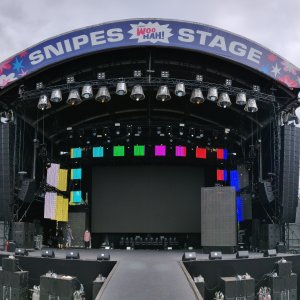Effects of the new Dutch law on quality assurance in construction
On May 14th, 2019, a new Dutch law on quality assurance in construction (‘Wet kwaliteitsborging voor het bouwen’) was approved. This law is scheduled to come into force in 2022 for Consequence Class 1 (low-risk constructions). The main changes as a result of the new law are:
- the transition of municipal construction supervision to private quality assurance organizations
- compulsory documentation by a contractor that the delivered construction meets regulatory and contractual requirements
- contractors remain liable for attributable defects after project completion
Consequences for structural design engineers
Under this new law, contractors are responsible for checking and demonstrating that regulatory and contractual requirements are met, both in the design and in the realization phase. Contractors will pass on these increased responsibilities, and the aforementioned increased liability to their subcontractors and suppliers. As a consequence, many design and construction engineering organizations will need to improve their internal quality controls to meet these additional requirements from contractors and to limit their liability. Known solutions for this are first- & second-line supervision (Eurocode DSL 1 & 2) and employee qualification or certification (e.g., ‘register constructeur’). But this is not yet common practice at many design and construction engineering organizations.
Verification of structural designs and calculations
Municipal building inspection departments will no longer be responsible for checking if a construction meets regulatory requirements when this new law comes into effect. This role will be taken over by private quality assurance organizations. These organizations will perform independent verifications in the design and realization phase to check that the construction meets not only regulatory but also contractual requirements. When the completed construction meets the requirements, the quality assurance organization will issue an official statement. This statement from the quality assurance organization together with the documentation collected by the contractor to demonstrate that the building meets regulatory requirements is sent to the responsible competent authority. The responsible competent authority has ten days to check the quality assurance statement and documentation. If they have no objections, the completed construction can be used by the owner. BouwQ is such an independent quality assurance organization with an extensive track record for all types of constructions, ranging from infrastructure, high-rises, residential and non-residential buildings. Our Structural Design Supervisors verify the designs and calculations of crucial parts of a structure, such as foundation, pile plan, main supporting structure, linkages, overhangs, floors, and balconies. For this, they use various tools, such as AxisVM and Technosoft. Due to the broad range of construction types that are verified by BouwQ, its Structural Design Supervisors are all-round structural design engineers with expertise in the different structural design approaches used for steel, concrete, and timber frame constructions. Since BouwQ is responsible for verifying if the regulatory requirements are met, the Design Supervisors are also experts in the applicable laws and standards.
Opportunities for students and graduates
BouwQ offers unique opportunities for students and graduates to become all-round structural design experts. Through an extensive training program with mentoring from senior experts, combined with diverse and increasingly challenging projects, you gain hands-on experience with different types of structural designs and applicable regulatory requirements. Next to this, you will gain experience with the challenges in the realization phase. Check www.bouwq.nl/over-bouwq/werken-bij-bouwq for vacancies, internships, and student jobs. Or contact us via info@bouwq.nl.




